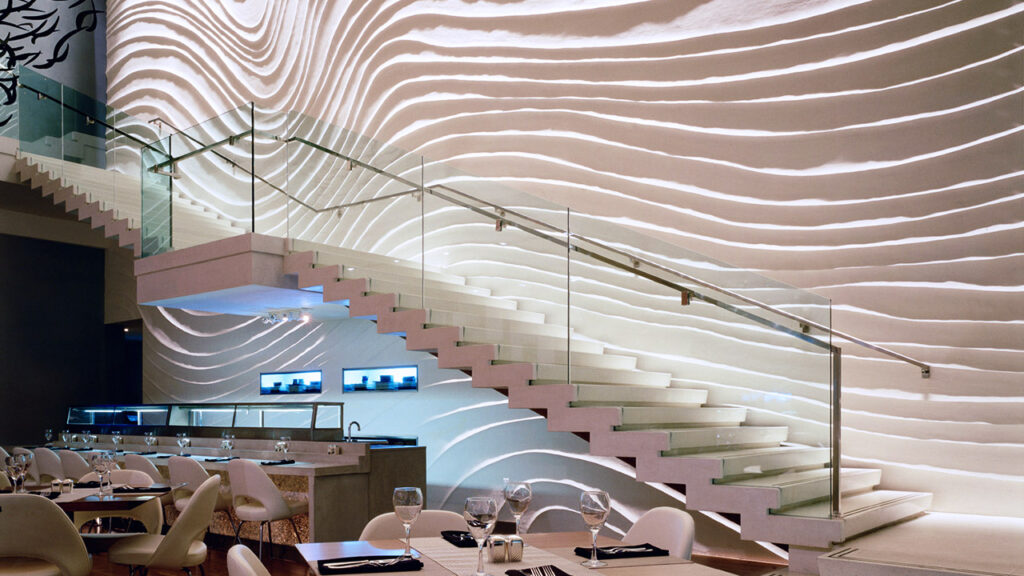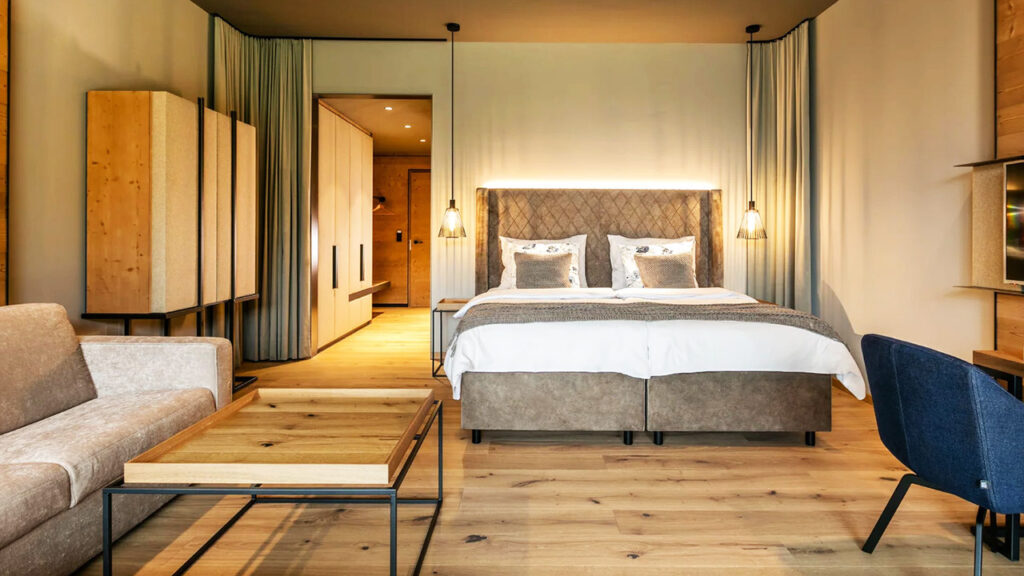Impact of Lighting on Human Beings
People of the modern era spend most of their time in built environments, such as offices, schools, shopping malls, restaurants, showrooms. The physical properties of these indoor spaces have various effects on the users. The most important of these features is lighting.

People of the modern era spend most of their time in built environments, such as offices, schools, shopping malls, restaurants, showrooms. The physical properties of these indoor spaces have various effects on the users. The most important of these features is lighting. As evidenced by researchers, we cannot ignore the positive or negative impacts of light on individuals’ life and personal well-being quality.
Besides the visual effects of lighting, it also has biological and psychological effects that can impact the health and well-being of humans. Natural or artificial, the influence of light can be on human preference, perception, impressions, behavior, and mood. On sunny spring days, we feel more active and happy compared to dark winter days, or we are more productive in a well-illuminated office. These differences show us that we need more light than we need to see.
Features of a Light Source Affecting Us
- Color temperature
- Brightness
- Direction
- Intensity
- Glare control
- Color rendering
- Control system
Effects of Lighting
We can classify these effects in two groups;
Visual effects; vision, perception, information.
The lighting quality should always provide sufficient visual performance for the task concerned. Average illuminance level, uniformity, glare restriction, and color rendering are the quality parameters for a visual quality aspect.
Poor lighting makes it difficult to see documents or computer screens due to insufficient lighting levels, glare, or unwanted shadows; reduces environmental, objects, and color perception, leading to security problems and errors.
Nonvisual effects; well being, mood elevation, high productive capacity, alertness, responsiveness.
The biological benefits of daylight are well known for ages. Today thanks to the various researches in biology and medicine, we know that lighting has an crucial impact on our biological clock and hormones such as cortisol (stress hormone) and melatonin (sleep hormone). And this means that lighting influences our health, well-being, and alertness. It is an absolute imperative that daylight penetrates the environment we live in and at the same time been balanced with artificial lighting in the required periods to protect the rhythms of our body.
For example, bright artificial light for indoor use in winter will have a positive effect on mood and vitality. By its nature, daylight is dynamic and has different intensities and light colors in different periods. This dynamism provides positive effects on people in an interior environment. Where the profits of daylight are not sufficient dynamic artificial lighting can be helpful. Besides the intensity of light, thanks to the dynamic tunable white lighting, one of the innovative lighting technologies in recent years a full control of the light source color temperature (CCT) is also possible. Having the ability to tune the light according to the needs of the moods impacts the users’ circadian rhythm. Researches show that CCTs above 5000K (containing a high amount of blue light) can disrupt our circadian rhythm, CCTs between 4000K and 6000K help with alertness, and focusing, 3000K promotes the natural release of melatonin.
As a result, for physical and biological human needs and, of course, a sustainable environment, it is necessary to take maximum advantage of daylight. Also, adapting artificial light to human nature will positively affect our overall well-being.





